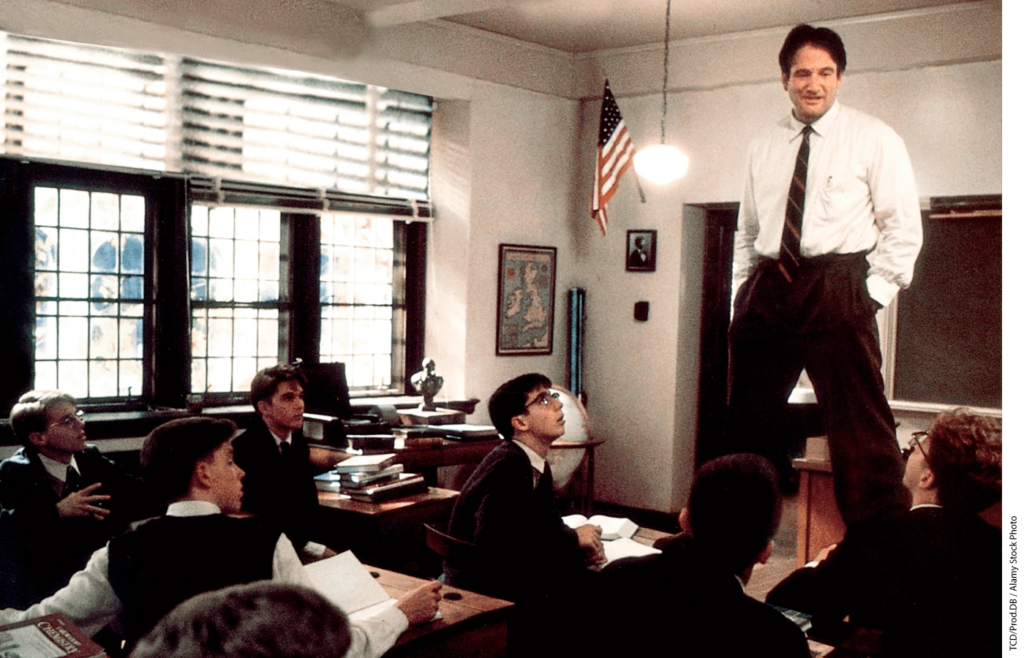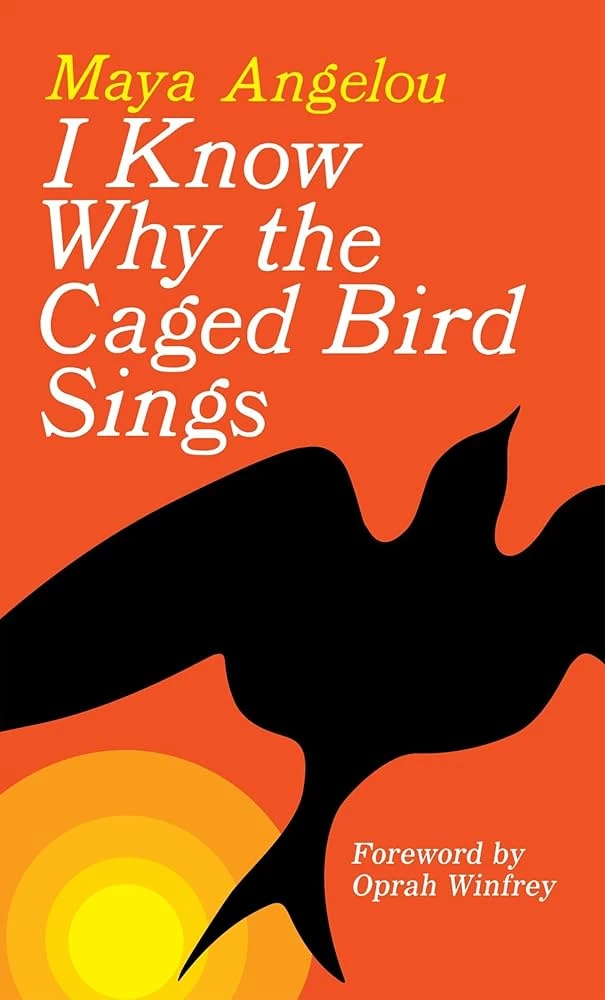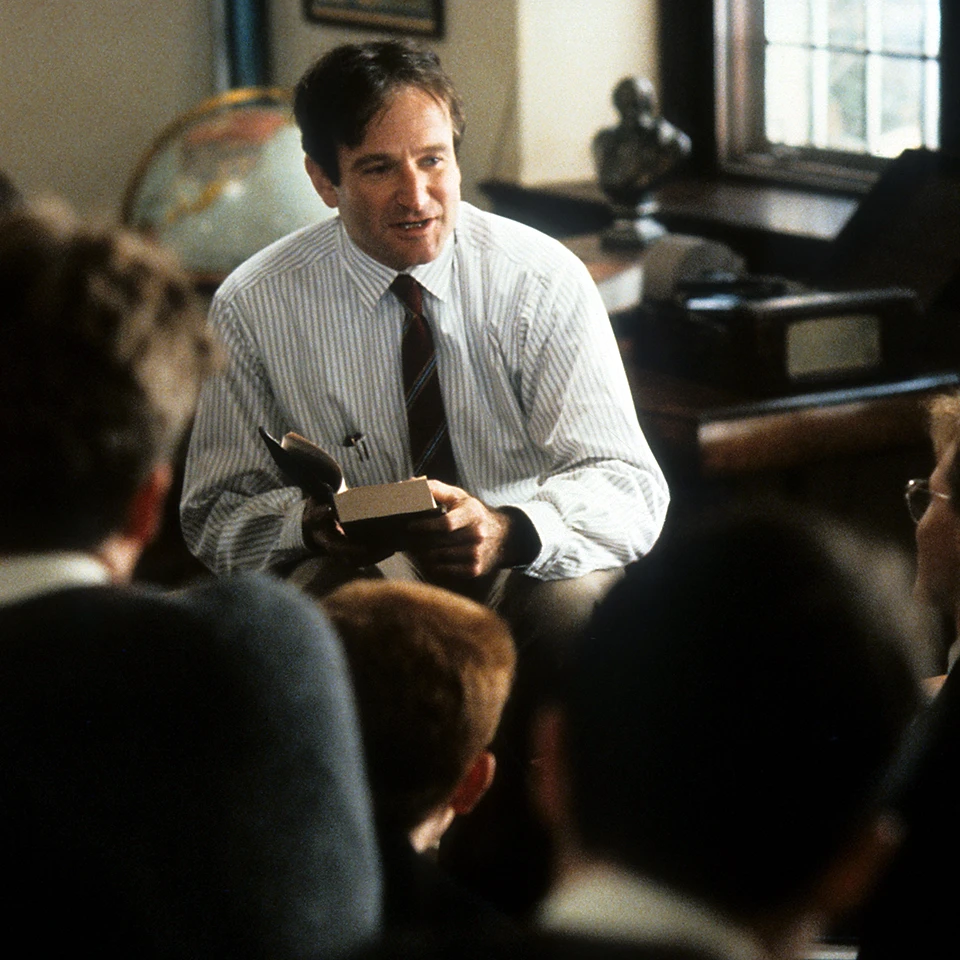Celebrating humanity in all forms and teaching empathy one title at a time.
The NCTE, or National Council of Teachers of English, Convention brings so many people together – teachers, authors, teacher’s teachers, authors, students, and did we mention authors? The Standing Committee Against Censorship took advantage of a wonderful opportunity to be in a room of authors and created a panel of three renowned YA authors to speak about something all of us can probably agree on: why and how books save lives.
The NCTE and What They Do
For more than 100 years the National Council of Teachers of English has worked to support teachers and their students in the classroom on college campuses, and in online learning environments by offering journals, publications, and resources to aid teachers in advocating, sharing lesson ideas, researching strategies and teaching strategies through it’s Annual Convention and other professional learning events.

Over 25,000 members are part of this incredible organization working to promote literacy, the use of language, and learning and teaching English and the related arts and sciences of language.
A Briefing on the Standing Committee Against Censorship
Okay, now that we know what the NCTE is all about, it’s important to understand the role the Standing Committee Against Censorship plays. The SCAC is a committee of the NCTE that works to raise awareness of censorship issues and as you may already know, there have been plenty of these kinds of issues. Responsibilities of the SCAC include:
- Receiving reports of censorship incidents
- Advising the NCTE on censorship issues
- Promoting policies for literature adoption
- Helping the NCTE develop rationales for teaching controversial texts
- Developing resources on censorship

Survey Says
In 2016, Joan Bertin with the NCAC and Millie Davis with NCTE conducted a survey of authors whose work had been defended recently. Bertin and Davis went into the survey with the following ideas:
- what books mean to kids doesn’t figure enough in defense of challenged to books
- that kids tell authors what books mean to them
- that “kid testimony” could become some of the best rationales for kids to read these books

The results of the survey not only proved them to be correct, but they found in general that kids told them:
- This book made me more empathetic, tolerant, and accepting, of myself and others. It helped me relate better to others and talk to them about things we never would have discussed otherwise.
- This book made me realize that I’m not the only one with problems; it helped me feel more normal and less alone.
- This book saved my life. It helped me confront a serious issue and deal with it.
- This book turned me on to reading. It was the first book I ever read all the way through.
- This book understood me the way no one else does. “I don’t know how I’d have gotten through adolescence without it.”
- This book inspired me to want to do something with my life.
And if these survey findings didn’t pull at your heartstrings enough, let’s talk about what was discussed at the author panel.
Why and How Books Save Lives
The author panel consisted of Matt de la Pena, Jason Reynolds, and Laurie Halse Anderson, and these three authors did what authors do best – moved everyone with their stories.
Matt de la Pena began with a simple reminder that books not only save the lives of readers but writers as well and because of this, there’s an obvious symbiosis between both readers and writers with respect for the reader making up a large part of that equation.

Matt’s book Mexican White Boy was removed from the Mexican-American studies program in Tuscon, Arizona schools after a judge declared the book violated student’s 1st and 4th Amendments.
After this, a student came to him for help because this book had meant a great deal to her. So Matt had to do what he knew in his heart to be right – send contraband copies to students whose copies had essentially been taken from right under their noses.
Jason Reynolds, author of All American Boys, went on to remind attendees of the “beauty of books to create a space for that ice to melt slowly.” He also told the story of a time he watched a friend get arrested for a crime he didn’t commit and was taken into custody basically for being black saying, “I wished I’d had a book to cry into.” Reynolds had some wonderful tips for white educators teaching books about Black youth:

- get a partner as he did in All American Boys.
- teach the book as a questioning.
- make sure your students know it’s okay to disagree, just not to disrespect.
Reynolds’s story, thoughts, feelings, and tips for educators are just a few of the many reasons why this committee and coalition are so important and necessary for the world of literature and those who teach it.
And finally, Laurie Halse Anderson finished the panel with a post-it note comment from a reader leaving attendees with a powerful message:
- comfort is the biggest privilege of all because if you’re comfortable, you don’t have to be afraid.
- until you can see yourself, you cannot be yourself.
5 YA Books to Boost Empathy
If you or someone you know is interested in joining the NCTE, follow this link for more information. We leave you with a few titles that have no doubt faced their fair share of challenges since being published but celebrate humanity in all forms, shapes, sizes, colors, and quirks creating a more empathetic and understanding world one book at a time. Friendly reminder, these titles are just as important for adults as they are for younger readers!
1. I Know Why the Caged Bird Sings by Maya Angelou

Coming-of-age autobiography by the great Maya Angelou illustrates the power of literature in a young girl’s life and how books were able to give her the strength to overcome the racism and trauma she experienced as a young girl.
2. No Longer at Ease by Chinua Achebe

Nigerian author Chinua Achebe illuminates the struggles of a young villager adapting to a Western lifestyle after leaving Nigeria for a British education and a job in the Nigerian colonial civil service.
3. Night by Elie Wiesel

A harrowing account of a teen’s experience in a Nazi concentration camp at the height o the Holocaust during WWII.
4. The Distance Between Us by Reyna Grande

This memoir explores the author’s childhood in Mexico and the heartbreaking struggles of children who are left behind as their parents head north to seek a better life in the United States.
5. The Reluctant Fundamentalist by Mohsin Hamid

A Pakistani man named Changez chats with a nervous American in a cafe in a post-9/11 world.
Join our community of 1.5M readers
Like this story? You'll love our free weekly magazine.








